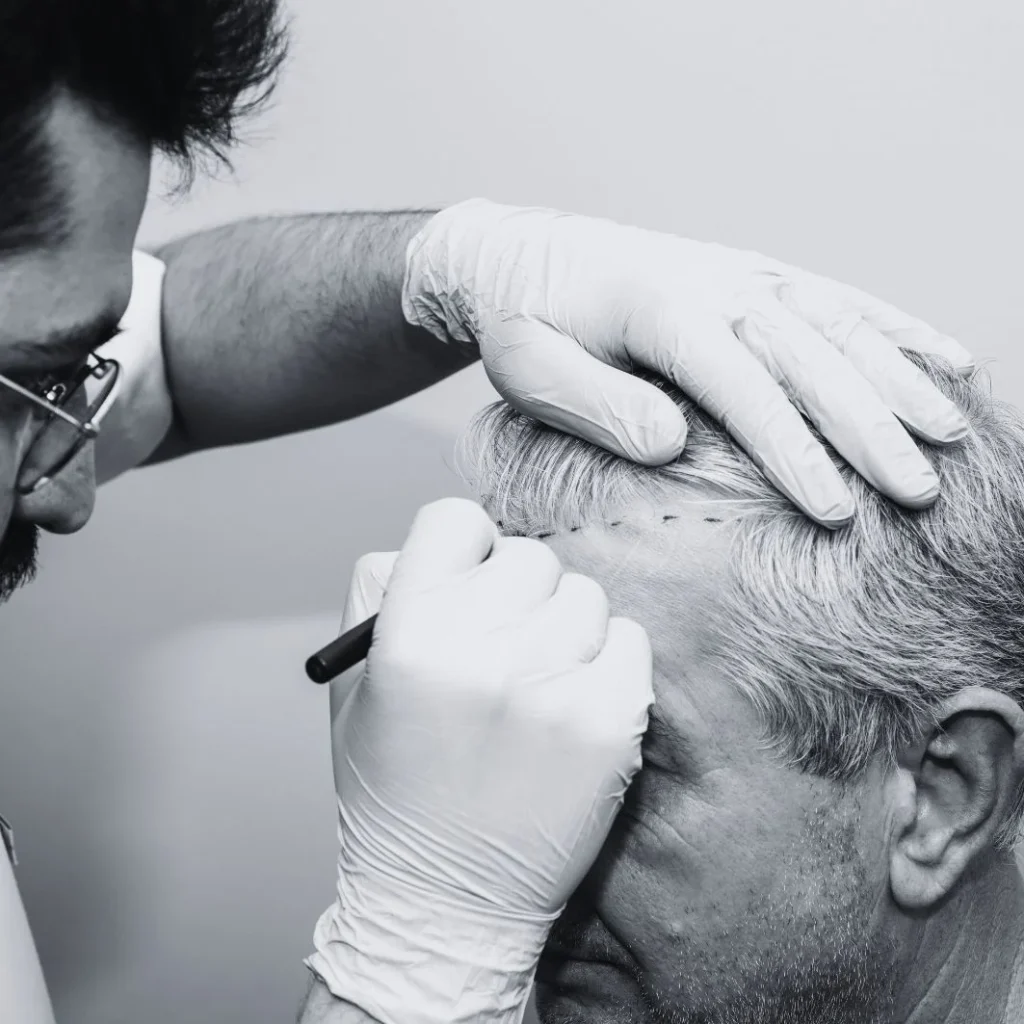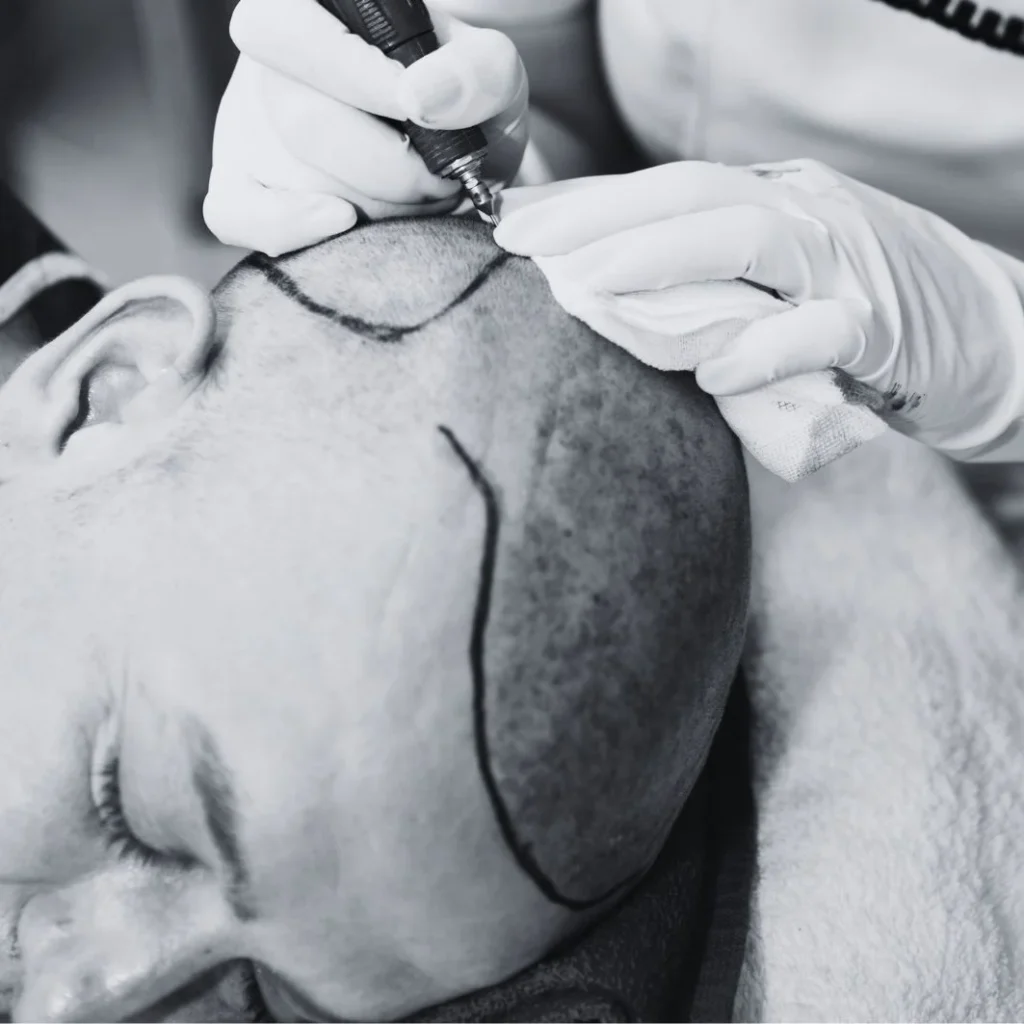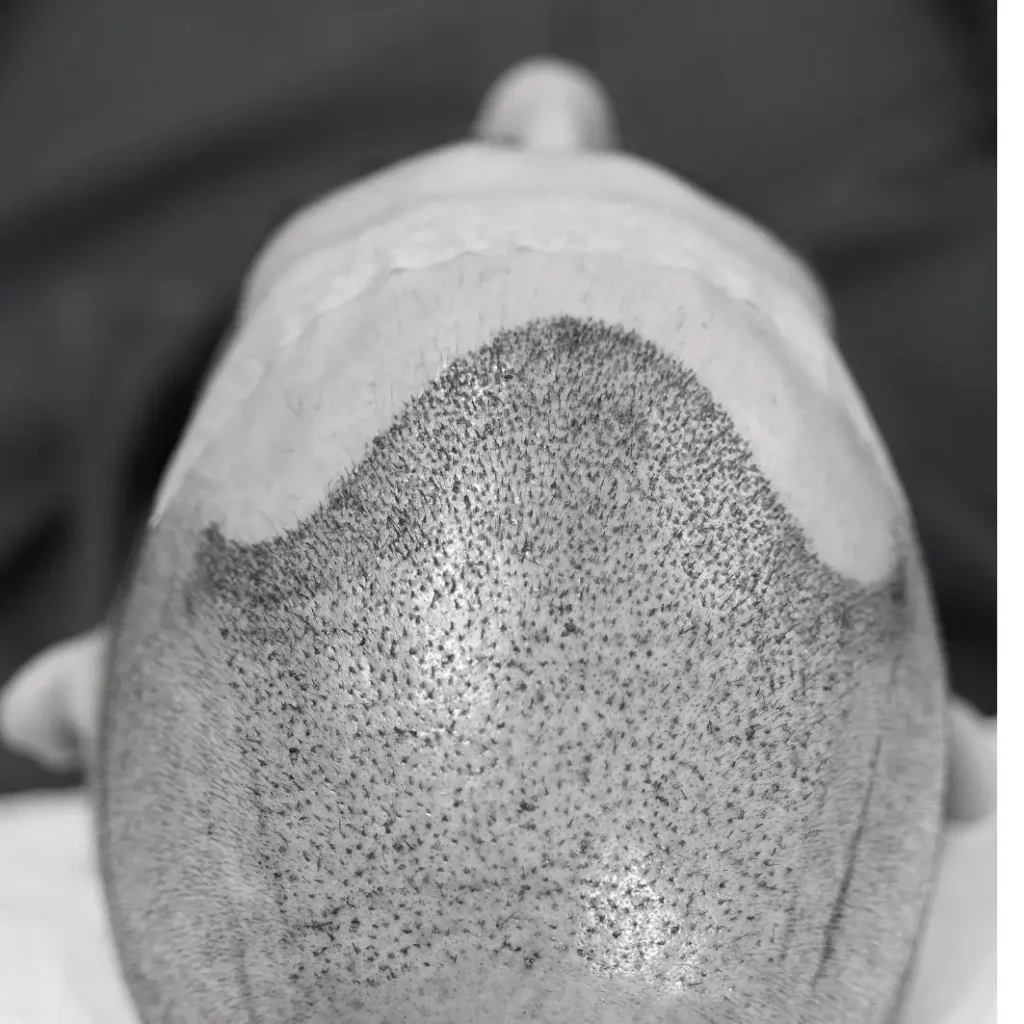Hair transplantation involves removing hair-bearing follicles from a given donor area (typically the back and/or sides of the head) and relocating them to a thinning or balding area.
If you are interested in hair transplant surgery and think it may be an option for you, you can rest assured that board-certified plastic/dermatological surgeons have been successfully doing this type of surgery for more than three decades, with major technical advances in recent years.


Baldness has often been blamed on several factors such as, poor blood circulation to the scalp, vitamin deficiencies, dandruff, and even excessive hat-wearing. Although there is some merit to these theories, in most cases, they have been disproven. Additionally, claims that hair loss can be determined by looking at your maternal grandfather, or that 40-year-old men who haven’t lost their hair will never lose it, have also been disproven.
The primary causes of hair loss can be attributed to one or more of the following:

Turkey is renowned for its expertise in hair transplantation, offering a variety of advanced techniques tailored to individual needs. Below is an overview of the most popular methods available:
Follicular Unit Extraction (FUE)
Direct Hair Implantation (DHI)
Sapphire FUE
Stem Cell Hair Transplant
Robotic Hair Transplant
Unshaven (U-FUE) Hair Transplant
Long Hair FUE
Body Hair Transplant (BHT)
Synthetic Hair Implantation
Hair transplant surgery is normally safe when performed under the supervision of a qualified board certified plastic and aesthetic surgeon/dermatological surgeon and an experienced nursing team. Still, individuals may vary greatly in their physical reactions and healing abilities, and the outcome is never completely predictable.
As in any surgical procedure, infection, excessive bleeding and/or scarring may occur, however, these risks are almost non-existent if the post-surgical care instructions are diligently followed.



Transform Your Health and Beauty with Allure in Turkey
© 2025 Allure. All Rights Reserved